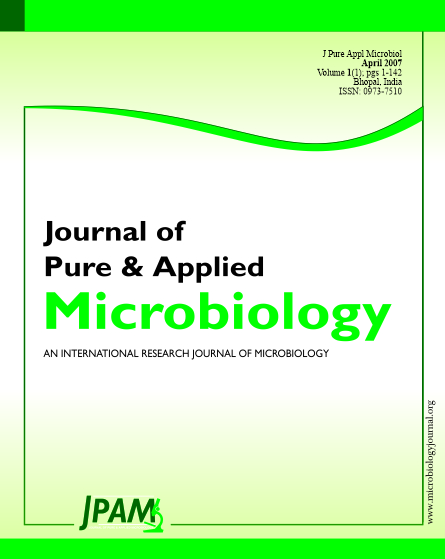Hydrolysis of Gallo tannin to Gallic acid using three tannase producing fungal strains were Aspergillus niger MTCC 282, Fusarium Solani MTCC 350 and Trichoderma viride MTCC 167 by submerged fermentation from myrobalan. These Fungal mycelia preinduced with 5g L-1 Gallo tannin, adjusting pH to 6 with ammonium hydroxide (10%). Maximum hydrolysis of Gallo tannin was obtained by fungal mycelia of Fusarium solani and Trichoderma viride at 35°C and 45°C after 180 and 60 min of residence period respectively. Optimum substrate concentration required for maximum hydrolysis was 20 g L-1 at pH 5 for both the fungi. Various parameters like substrate, pH, temperature, inoculum fermentation time were optimized for hydrolysis of Gallo tannin to gallic acid from the above said three different strains which produces tannase enzyme when induced with 5g L-1 Gallo tannin by submerged fermentation. This work aims at finding a suitable fungi source of tannase and development of a process for microbial hydrolysis of Gallo tannins to yield gallic acid, which serves as a starting material for the manufacture of widely used antifolic antibacterial drug trimethoprim.
Gallo tannin, Gallic acid, Submerged Fermentation, Tannase, Fusarium solani, Trichoderma viride, Aspergillus niger
© The Author(s) 2007. Open Access. This article is distributed under the terms of the Creative Commons Attribution 4.0 International License which permits unrestricted use, sharing, distribution, and reproduction in any medium, provided you give appropriate credit to the original author(s) and the source, provide a link to the Creative Commons license, and indicate if changes were made.


